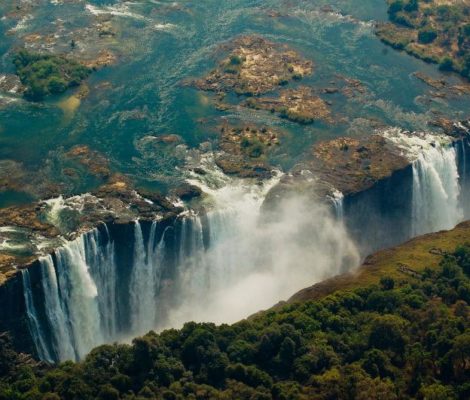
Victoria Falls
Victoria Falls
Read more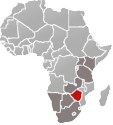 Any Zimbabwe travel package must include a visit to one of the Seven Wonders of the World, Victoria Falls and our 3 night package provides the very best of this experience. Zimbabwe tours & safaris provides you with some of the very best wildlife viewing opportunities in Africa and we have some fantastic safari packages to its premier conservation region, Hwange National Park. We also have great travel options to Lake Kariba, one of the world’s largest artificial lakes, and one of the highlights of a Zimbabwe travel experience.
Any Zimbabwe travel package must include a visit to one of the Seven Wonders of the World, Victoria Falls and our 3 night package provides the very best of this experience. Zimbabwe tours & safaris provides you with some of the very best wildlife viewing opportunities in Africa and we have some fantastic safari packages to its premier conservation region, Hwange National Park. We also have great travel options to Lake Kariba, one of the world’s largest artificial lakes, and one of the highlights of a Zimbabwe travel experience.
Hwange NP is the largest and most popular park in Zimbabwe. It offers excellent wildlife viewing and most big safari animals can be seen, including the Big Five. Hwange is most known for the impressive concentration of elephants that are attracted to the park’s waterholes during the dry season.
Size: 14650 km² / 5656 mi²
Altitude: 834-1149 m / 2736-3770 ft
Pros and Cons
✓ Top wildlife viewing with all of the Big Five present
✓ Wide variety of animals
✓ Night drives and walking safaris are available at most camps
✓ Proximity to the popular Victoria Falls
✓ Accommodation options for all budgets
✓ Excellent park for self-drive and self-catering
✓ Most tourist facilities are in a small area which becomes crowded in high season
– Tarred roads and self-drive tourism takes away some of the wilderness appeal
Wildlife: With over 100 species present, Hwange has the widest variety of mammals of any National Park in the world. Its claim to fame is one of the largest elephant populations in the world. 20,000 to 75,000 individuals congregate around the waterholes toward the end of the dry season. Predators, including all three of the big cats, are regularly spotted. The park has an impressive variety of antelopes, including some of the unusual species: sable antelope and greater kudu. The park is an important breeding ground for wild dogs.
Scenery: The park is situated on the eastern edge of the vast Kalahari sands and scrublands. Habitats in the park include teak forest, thornveld and mopane woodland, with scattered dolomite hills in the northwest.
Matobo National Park has huge scenic appeal with balancing granite rocks towering above the plains. Overall, the park offers reasonable wildlife viewing, but lion and elephant are absent. Several well-preserved bushman rock-art sites are open to the public.
Size: 425 km² / 164 mi²
Altitude: 1122-1526 m / 3681-5007 ft
✓ Dramatic rock landscape
✓ Great birding destination, especially for raptors
✓ Excellent for viewing Black and White Rhino and Leopard
✓ Excellent rock-art
✓ Good park for self-drive
✓ Accommodation options for different budgets available
– Limited variety of safari animals without elephant and lion
– Small park with limited road access
Wildlife: Matobo has no lions or elephant, but white rhino is spotted quite regularly. This park has Africa’s largest concentration of leopard, which love to move around the rocky outcrops (kopjies) at dusk and dawn. Another animal associated with kopjies is the klipspringer, which is often found in pairs hopping from rock to rock.
Scenery: The scenery is dominated by two types of rock formations. Huge, smooth, grey granite whaleback hills rise up from the plains. Even more dramatic are the balancing piles of angular shaped rocks- which look like a giant child’s toys carefully stacked on top of each other.
Mana Pools National Park, a World Heritage Site, is untrammeled wilderness at the Zambezi River. The park is usually explored by canoe or on foot and is particularly appealing to adventure seekers. Four of the Big Five are present.
Size: 2196 km² / 848 mi²
Altitude: 335-1181 m / 1099-3875 ft
Pros and Cons
✓ Top wildlife viewing with four of the Big Five present
✓ Canoeing, guided and unguided walking is available
✓ Excellent river fishing
✓ Great birding destination
– Less accessible than other parks in Zimbabwe, 4WD is essential
– Limited road network, so mainly for those who are willing to walk and canoe
Wildlife: The park is home to most big safari animals including four of the Big Five (no rhino). Most visitors will encounter at least one of the big cats. Buffalo and elephant are abundant and large herds roam around the floodplains. The river teems with crocodiles and hippos. Wild dogs are resident in the area as well.
Scenery: Mana Pools consists of 4 main pools and several smaller pools on the floodplains of the Zambezi River. The landscape includes islands and sandbanks fringed by riverine forest, and baobab trees against a backdrop of the rugged Zambezi escarpment. The park is just a small part of the 10500 km² (4054 mi²) Parks and Wildlife estate without physical borders or fences.
Best time to visit Zimbabwe
Zimbabwe can be visited any time of the year. The best game viewing time is in the dry season, May to October, when animals congregate around the rivers and waterholes. This is especially true in Hwange where the artificially pumped waterholes attract many animals, including big herds of elephants. The best time to see Victoria Falls is from May through September.
Quick facts
Best time to go: May to September (All parks)
High Season: July to October (Won’t feel crowded; only Victoria Falls gets busy)
Low Season: November to April (The parks will be very quiet)
Best Weather: April, May and September (Pleasant temperatures; afternoon rains are rare and seldom interfere with your safari)
Worst Weather: October to February (Very hot in low altitude parks; February to December are the wettest months
April to October – Dry Season – Winter
✓ Vegetation is less and animals concentrate around waterholes and rivers, making wildlife easier to spot.
✓ Virtually no rain, clear blue skies and lots of sunshine. There are fewer mosquitoes.
✓ Although it is high season, the parks won’t be crowded, except for Victoria Falls.
✓ Victoria Falls is most spectacular from June through September, when the water is mid-to-low and the spray doesn’t block the view to the falls.
– October can get very hot in the low-lying areas, with temperatures well above 32°C/90°F.
– It gets cold at night in and in the mornings. It’s recommended to pack warm winter clothing for morning game drives in open vehicles during the months of June, July and August.
– From March to May the flow of the Zambezi river is at its peak, but the massive clouds of spray will block the view to Victoria Falls.
November to March – Wet Season – Summer
✓ The scenery is greener and it’s low season, resulting in lower rates.
✓ Many animals give birth in the wet season, so this is the best time to see newborn animals.
✓ Birdwatching is at its best, many birds are in their breeding plumage and migratory birds are present.
✓ Rains are mostly short afternoon showers and seldom have a negative impact on your safari. However, rains can be continuous for days.
– Game viewing is more difficult since there is more vegetation and animals no longer rely on water holes.
– The humidity combined with the higher temperatures in the low-lying parks can make it feel uncomfortably hot.
– From October to December the flow of the Zambezi river is at its lowest and Victoria Falls might just be a tickle.

Victoria Falls
Victoria Falls
Read more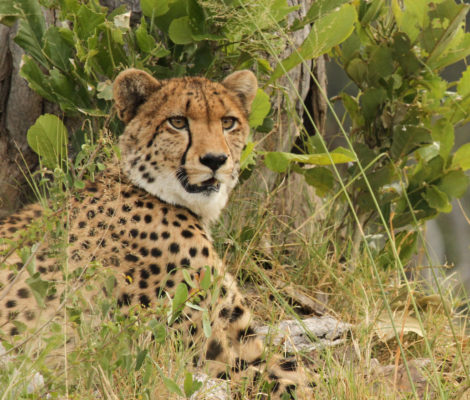
Hwange National Park
Hwange National Park
Read more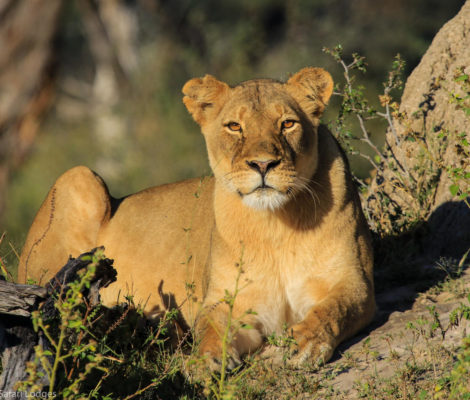
Victoria Falls & Hwange
Victoria Falls & Hwange
Read more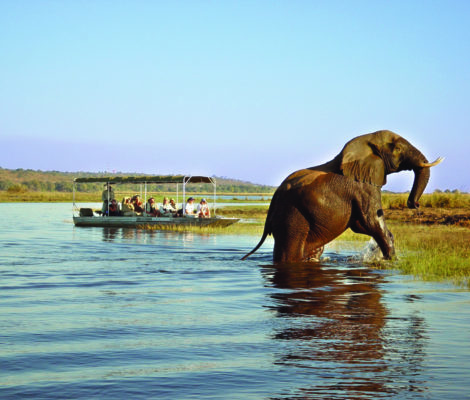
Victoria Falls & Chobe
Victoria Falls & Chobe
Read more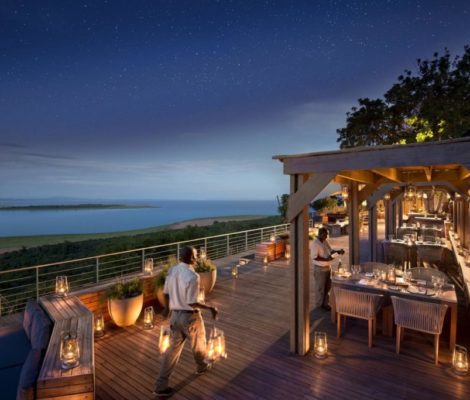
Lake Kariba
Lake Kariba
Read more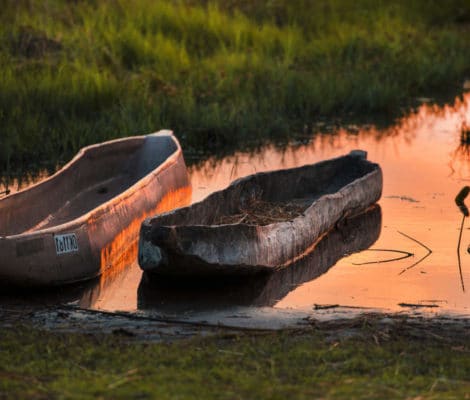
12 Day Desert & Delta-Northbound
12 Day Desert & Delta-Northbound
12 Day Desert & Delta-Northbound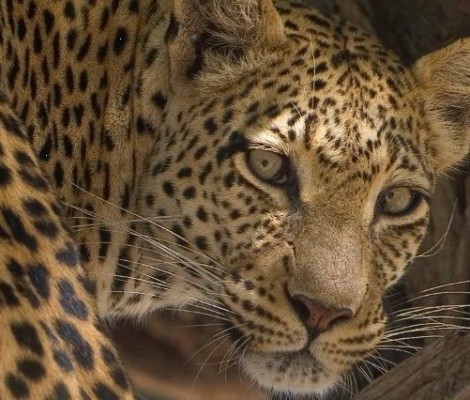
15 Day Botswana Wildlife Breakaway
15 Day Botswana Wildlife Breakaway
Okavango Delta
Moremi Game Reserve
Makgadikgadi Pans
Chobe National Park
Hwange National Park
Victoria Falls
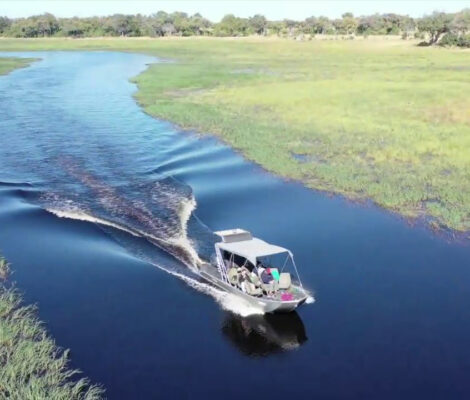
15 Day Intimate Botswana & Zimbabwe Encounter
15 Day Intimate Botswana & Zimbabwe Encounter
15 Day Intimate Botswana & Zimbabwe Encounter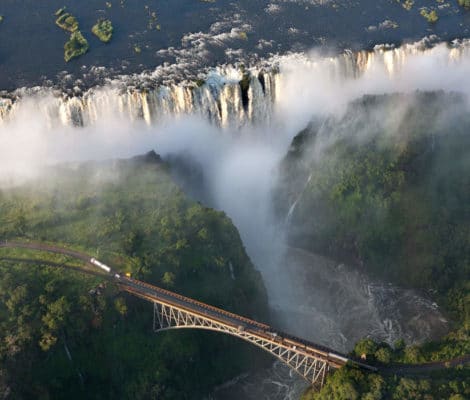
20 Day Cape Town to Victoria Falls
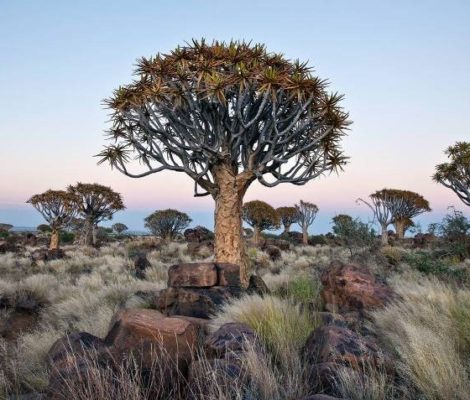
21 Day Great Trans-African Lodge safari
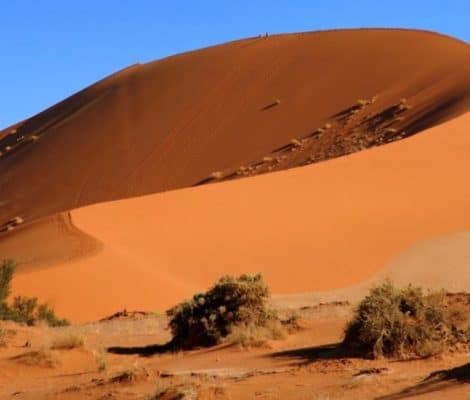
24 Day Northern Experience
We have a range of Zimbabwe tours & safaris available which can be customised with more or less nights as well as activities.